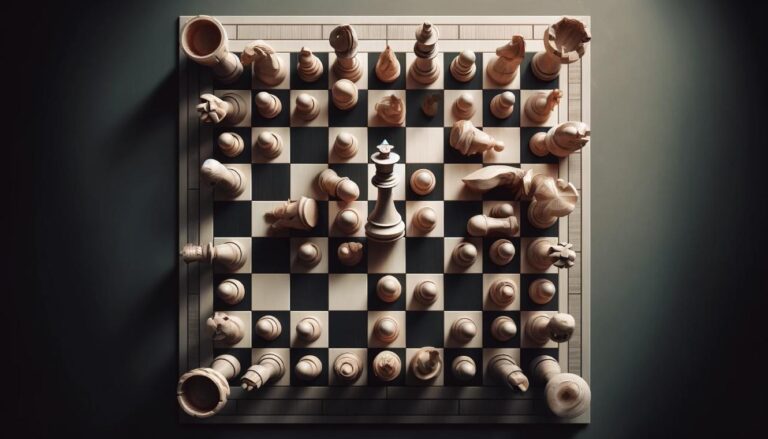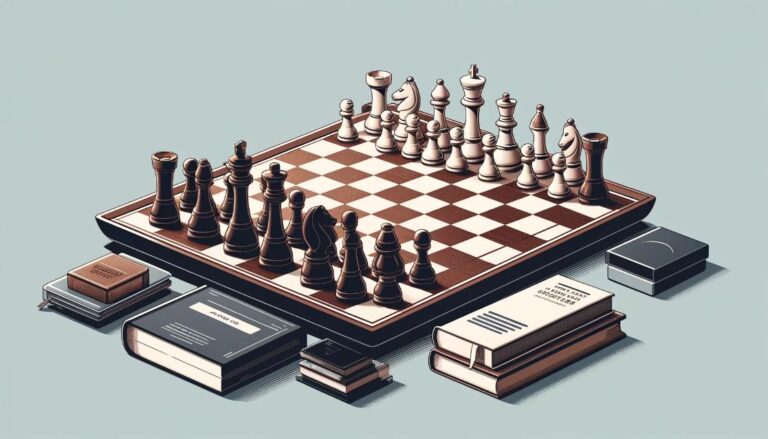Introduction
When we think of chess, the objective is clear: capture the opponent´s king while protecting your own. But what if I told you that there was a variant of chess where the goal is to lose all of your pieces? This seemingly counterintuitive concept is the basis of “Giveaway Chess”, a unique chess variant that challenges traditional strategies and introduces new elements of risk and reward. In this article, we will explore the history of Giveaway Chess, its rules, and its potential impact on the world of artificial intelligence (AI).
The Origins of Giveaway Chess
The origins of Giveaway Chess can be traced back to the 18th century when it was first mentioned in a chess manual by Italian chess master Giambattista Lolli. However, it did not gain much attention until the 19th century when it was popularized by German chess master Johann Berger. Berger introduced some modifications to the rules, such as allowing the capturing player to choose which captured piece they want to return to the board. This added an element of strategy to the game, as players had to think not only about which piece to capture but also which piece to return to the board.
The Rules of Giveaway Chess
So how does Giveaway Chess differ from traditional chess? Let´s break down the key rules and differences:
2. Just like traditional chess, pieces move and capture in the same way. However, players are not allowed to make a move that leaves their own king in check.
4. If a player is unable to make a legal move, they lose the game. This means that if a player has no pieces left to capture or return to the board, they are automatically in checkmate.
The Impact on Artificial Intelligence
The concept of Giveaway Chess may seem unusual, but it has caught the attention of AI researchers and developers. One of the main reasons is that it challenges traditional AI strategies used in traditional chess. In traditional chess, AI programs are designed to protect the king and preserve as many pieces as possible while seeking to checkmate the opponent. But in Giveaway Chess, AI programs need to learn how to sacrifice pieces effectively and strategically.
Furthermore, the ability to return captured pieces to the board also adds a layer of adaptability for AI programs. They need to constantly reassess the board and consider the potential impact of having previously captured pieces back in play.
Conclusion
In conclusion, Giveaway Chess is a unique and exciting variant of traditional chess that challenges traditional strategies and offers a new level of risk and reward. Its origins can be traced back centuries, but it has only recently gained attention from the AI community due to its potential to improve AI decision-making and gameplay. Whether you´re a chess enthusiast or an AI researcher, Giveaway Chess is definitely worth exploring and adding to your repertoire. So why not give it a try and see if you can master this new and thrilling take on the classic game of chess?






